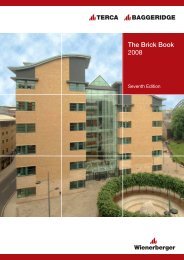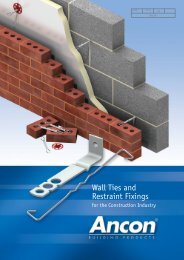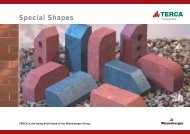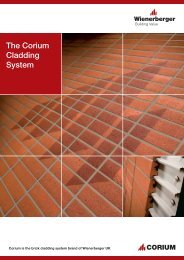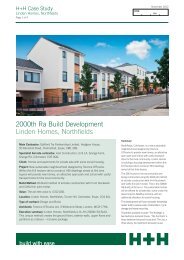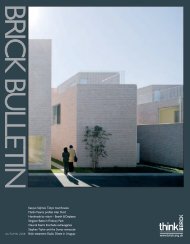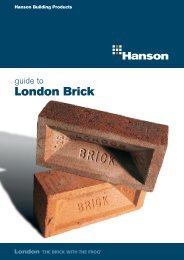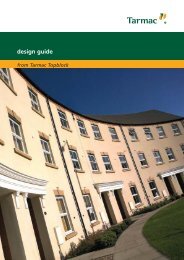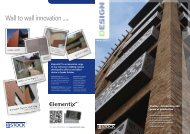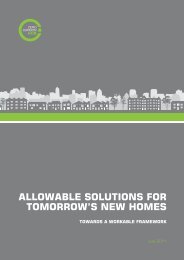Code for sustainable homes: case studies volume 2 - Gov.uk
Code for sustainable homes: case studies volume 2 - Gov.uk
Code for sustainable homes: case studies volume 2 - Gov.uk
Create successful ePaper yourself
Turn your PDF publications into a flip-book with our unique Google optimized e-Paper software.
KEY<br />
LESSONS<br />
A number of lessons can be drawn from<br />
these <strong>case</strong> <strong>studies</strong> of <strong>Code</strong> <strong>homes</strong>. Firstly,<br />
it is clear that <strong>Code</strong> compliance can be<br />
achieved using a wide range of build<br />
systems. The <strong>Code</strong> can also be used on<br />
a wide range of building types, from<br />
flats through to large detached dwellings.<br />
Furthermore, the <strong>Code</strong> can be a valuable<br />
tool <strong>for</strong> any type of project, whether<br />
private or social housing, and covering<br />
rental, af<strong>for</strong>dable and private sale<br />
properties.<br />
However, it has taken time <strong>for</strong> those involved<br />
to become familiar with the assessment<br />
and certification processes, which has led<br />
to uncertainty, increased costs and delays in<br />
competition of certification.<br />
In more technical terms, there are a number<br />
of common lessons about how best to achieve<br />
<strong>Code</strong> compliance:<br />
• A high quality, highly insulted building shell<br />
that has low air permeability and makes<br />
best use of passive solutions seems to be<br />
the most successful and straight<strong>for</strong>ward<br />
approach<br />
• <strong>Code</strong> design criteria should be incorporated<br />
from the earliest design phases of a project<br />
in order to understand the overall<br />
design implications<br />
• A <strong>Code</strong> assessor should be included in the<br />
project plans from the outset<br />
• The build systems and the design approach<br />
should be integrated from the earliest<br />
design phases<br />
• Renewable energy technologies should be<br />
integrated into the overall design concept<br />
from the earliest design phases<br />
• When achieving higher levels of the <strong>Code</strong><br />
(Levels 5 and 6 in particular), success<br />
depends on a dedicated and skilled<br />
construction team with a strong<br />
commitment to sustainability, who bring<br />
goodwill and innovation to the use of<br />
new systems<br />
• It is important that evidence is gathered<br />
<strong>for</strong> the post-construction certification as<br />
early as possible during the construction<br />
process<br />
Finally, while there is a cost associated with<br />
achieving the <strong>Code</strong> (of between £3000 per<br />
unit at Level 3 to £50,000 per unit at Level 6),<br />
customers are becoming more interested in<br />
the sustainability per<strong>for</strong>mance of <strong>Code</strong> <strong>homes</strong>,<br />
which may begin to generate a value premium,<br />
although this needs further investigation<br />
and verification.<br />
INTRODUCTION | CODE FOR SUSTAINABLE HOMES | 09



